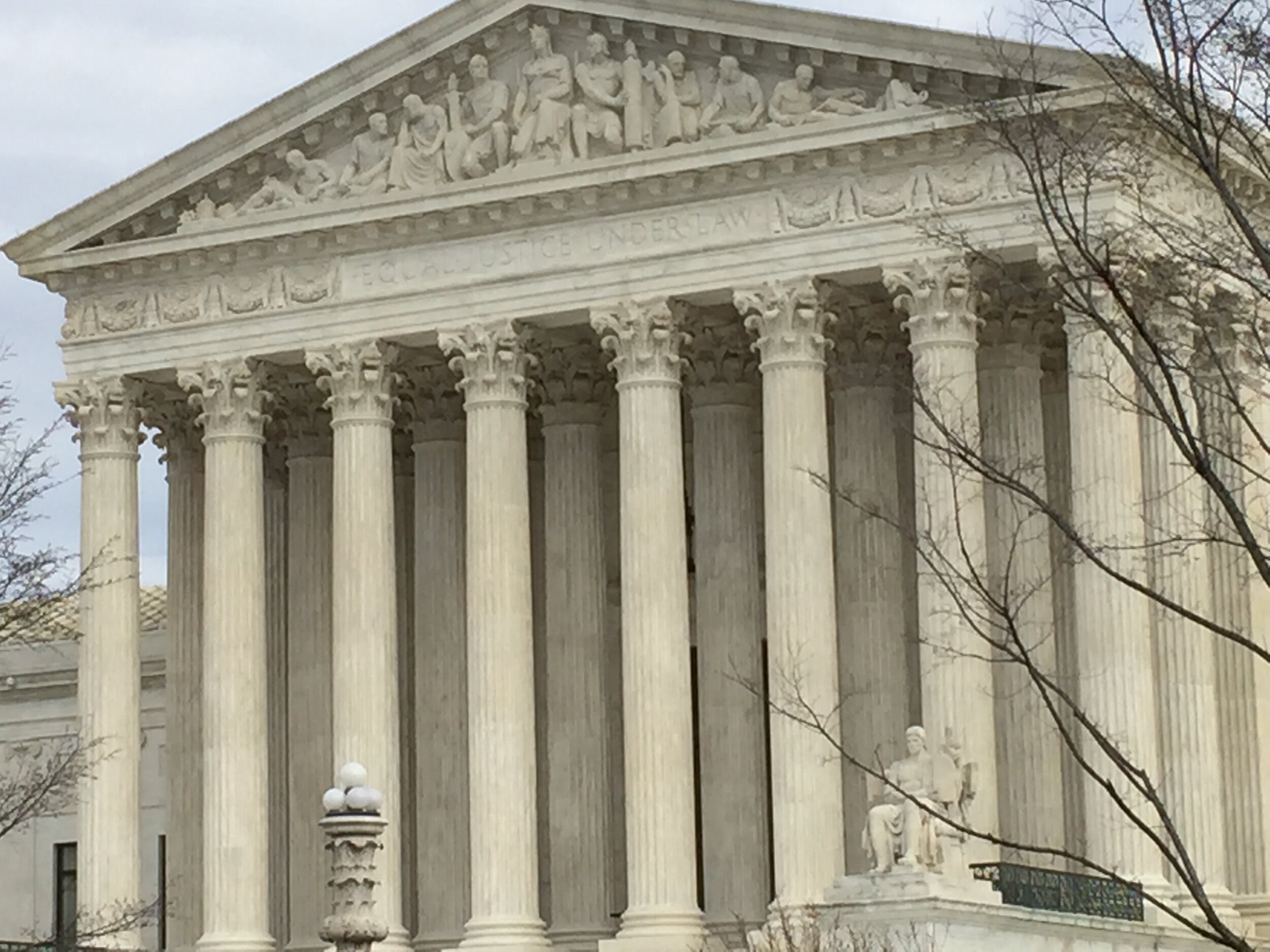Supreme Court Decision - June 21, 2021
SUMMARY: The Supreme Court supported a district court’s ruling that found that the NCAA violated antitrust laws in a way that unfairly limited education-related compensation and benefits to student athletes.
Currently, student athletes can receive scholarships, in particular from the Division I football and Division I women’s and men’s basketball organizations, that cover the full cost of attendance. In addition, "The NCAA has created the ‘Student Assistance Fund’ and the 'Academic Enhancement Fund' to ‘assist student-athletes in meeting financial needs,' ‘improve their welfare or academic sup- port,’ or ‘recognize academic achievement.’ ”
While these funds are available, they are limited in the way they are dispersed. This new ruling will allow colleges to have less restrictions on graduate school scholarships offered to student-athletes, less restrictions on scholarships for vocational schools, less restrictions on payments for academic tutoring and internships offered once a player has completed their eligibility as an athlete. This could also extend to something as simple as the providing of laptops for student-athletes, as well.
BOTTOM-LINE: the NCAA must not cap education-related benefits to student-athletes in the way that it currently does.
More Details and Quotes from the Ruling
The district court observed…“that the NCAA enjoys ‘near complete dominance of, and exercise[s] monopsony power in, the relevant market’—which it defined as the market for ‘athletic services in men’s and women’s Division I basketball and FBS football, wherein each class member participates in his or her sport-specific market.’ ”
In short, the NCAA and its member schools have the “power to restrain student-athlete compensation in any way and at any time they wish, with- out any meaningful risk of diminishing their market dominance.”
“The district court then proceeded to find that the NCAA’s compensation limits “produce significant anticompetitive effects in the relevant market.”
“Though member schools compete fiercely in recruiting student-athletes, the NCAA uses its monopsony power to ‘cap artificially the compensation offered to recruits.’ ”
“In a market without the challenged restraints, the district court found, 'competition among schools would increase in terms of the compensation they would offer to recruits, and student-athlete compensation would be higher as a result.’ ”
“The court enjoined the NCAA only from limiting education-related compensation or benefits that conferences and schools may provide to student-athletes playing Division I football and basketball.”
“Put simply, this suit involves admitted horizontal price fixing in a market where the defendants exercise monopoly control.”
In a Concurring Opinion, Justice Kavanaugh Wrote:
“Everyone agrees that the NCAA can require student athletes to be enrolled students in good standing. But the NCAA’s business model of using unpaid student athletes to generate billions of dollars in revenue for the colleges raises serious questions under the antitrust laws. In particular, it is highly questionable whether the NCAA and its member colleges can justify not paying student athletes a fair share of the revenues on the circular theory that the defining characteristic of college sports is that the colleges do not pay student athletes. And if that asserted justification is unavailing, it is not clear how the NCAA can legally defend its remaining compensation rules.”

